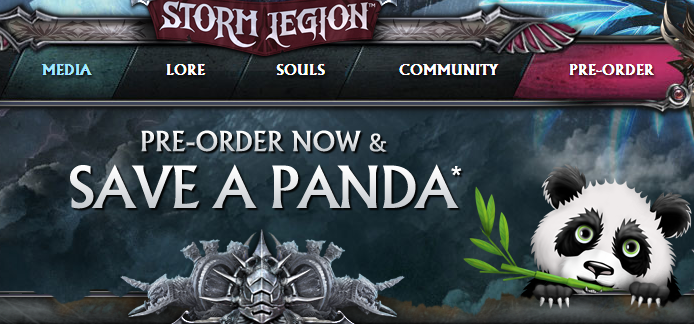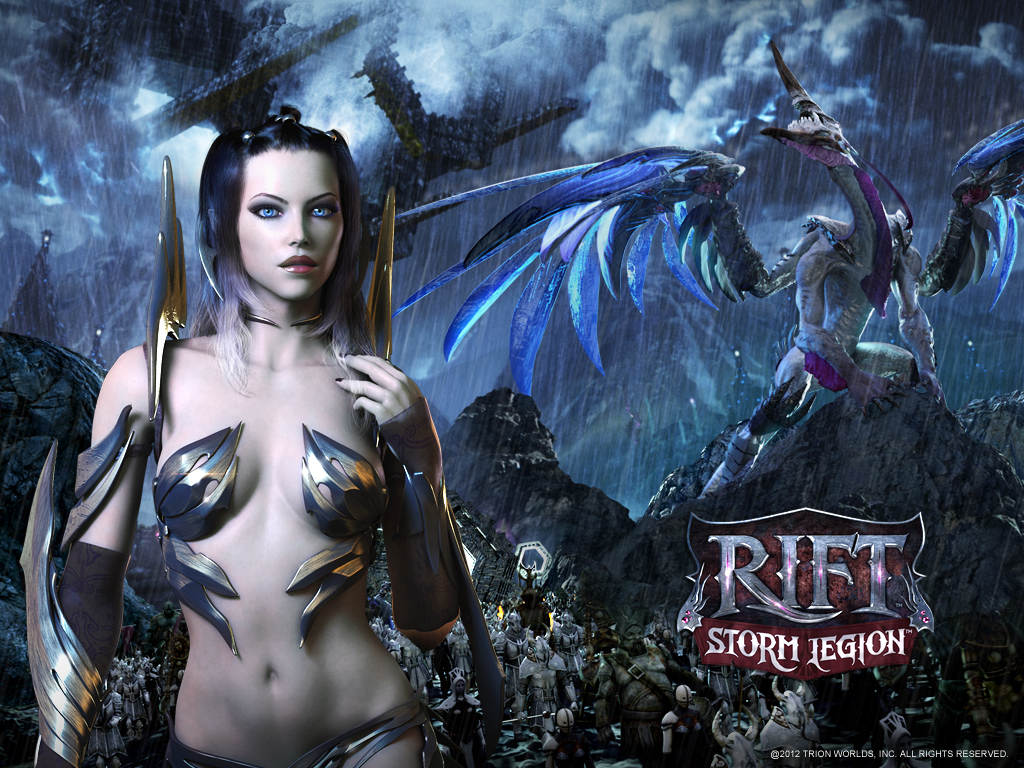Game marketing is becoming a highly specialized and sought after skill for any agency. This recognition will be more official and tangible at the Game Connection Marketing Awards during Game Connection Europe, November 28-30. These awards are designed to recognize and reward the best work in marketing and communications for interactive entertainment, from PR and advertising, to community and digital.
We got a chance to speak with Giulia Palmieri, Marketing Project Manager at Game Connection, on the eve of the first deadline for the nominees to speak about the focus of the awards and Game Connection itself.
What led Game Connection to set these marketing awards up?
The new Marketing Awards are part of the expansion of Game Connection’s remit to incorporate the vital marketing functions of the industry at this year’s event. As well as having a strong presence on the show floor, for the first time marketing professionals will be catered for within the comprehensive program of cutting edge conference and master class content delivered by leading global experts.
Many leading games marketing businesses will be exhibiting at the event, including business intelligence specialists and agencies specializing in media, advertising (including in-game), creative, PR, community management, and digital, email and affiliate marketing.
How do you feel like this is a natural extension of Game Connection’s other convention offerings?
Since its inception in 2001, Game Connection has been the main B2B event in the field of video games publishing and development. Since 2006, the presence of significant service providers (such as game testing, QA, localization etc.) made Game Connection the largest market place also for all those professionals involved in game production and financing. Lately, the market has significantly changed again and new needs have emerged. Business models evolved, mainly because of digital distribution. Social networks affected the way to look at games and new operative systems on mobile devices opened the doors to a whole new market share .We couldn’t stay stick to the usual formula, ignoring the only thing that was missing on our menu: what concerned the launch and the promotion of games. In other words: everything relating to video games marketing.
Do you feel like elements like PR and advertising go under-appreciated in the gaming sphere much of the time?
I don’t think so. Simply, it is difficult to understand all mechanisms behind the launch of a game if you are not in the marketing field and if you don’t know the people who are working within it. Everybody could point at the name of a publisher or a developer. Identify a PR agency or an advertising company specialized in video games is pretty much harder. This is also due to the fact that some information are often confidential, so there are a lot of extremely creative and interesting companies that works like secret agents and deliver unique services to their customers without screaming out loud “I did it! I did it!”. Game Connection’s intention is indeed to gather all those people and create a space where they could showcase their results and make other prospects aware of their potential.
What benefits do you think the networking possibilities of the awards will be for the nominees?
Entering the contest will provide people with unique opportunities to present their work to the international media and to the entire Game Connection audience of business leaders and professionals, with the ultimate chance of winning a prestigious award. Participants will also be able to network with other industry professionals and marketing experts while developing new business partnerships and being inspired by the latest insights on the future of the industry.
Tell me about the nomination process and how the finalists and winners will eventually be named.
When we first opened the competition we couldn’t imagine such a great feedback. When people started to ask if they could submit projects made before October 2011, we decided to accept them and to welcome all campaigns launched from January 2011 till October 2012.
Officially the deadline is October 11, but since there is a weekend right after, we are closing the online form on Monday 15. When you have to do with such busy people, being flexible is a duty!
After October 15, all applications will be sent to our wonderful advisory board of leading industry experts. I’m talking about Vincent Dondaine, Sales and Marketing Director at Bulkypix; Alexandre Scriabine, Acquisition Manager at Electronic Arts; Rupert Loman, Managing Director at Eurogamer Network; Dennis Heinert, Head of Public Relations at Innogames; Sébastien Anxolabéhère, Editor at JDLI; Anthony Macar, Head of Digital at Namco Bandai; Geoffroy Sardin, Chief of Marketing & Sales Officer EMEA at Ubisoft and Rahim Attaba, Marketing Director Europe at Wargaming.
They will be in charge to identify 3 “pairs” of nominees for each category following criteria such as innovation of a campaign, assessment of the results and graphic assets. A pair is comprised of an ordering party and a service provider. All nominees will be invited to the Awards Ceremony on November 28 at Game Connection, when the final winners will be unveiled and a special award will be given to the best Videogame Marketing Team of the Year.
How is Game Connection looking to appeal to and the game marketing crow with its content?
This year, conferences will tackle a large range of topics covering not only business and games development but also marketing issues, technological innovations and new media platforms. A few examples How to design, market and then monetize social games that run across multiple platforms with Alex Dale, Marketing Director at King.com; or how indie developers Frozenbyte and Larian Studios together with the digital platform GOG.com have engaged press, users, and social media to make their games a success.
More than 50 sessions will enhance the show to reflect the changing industry and meet the needs of all industry professionals. In addition, as I said before, the event has evolved from being developer business-centric to covering the entire market, adding professional development opportunities, and serving the needs of every game maker. Many buyers are looking to go beyond the game development aspect, expand their network and talk about new marketing strategies to promote games, reach the right audience and boost sales. The event is a real opportunity for these companies to meet a maximum of potential business partners.
Which category has seen the most submissions and have there been any surprises so far?
Up to now, Best Broadcast Campaign and Best Social Media Strategy are the most popular, but the real surprise is Best Experiential Marketing Campaign. It’s incredible how guerrilla marketing has gone viral: in this category creativity goes wild!
Giulia, thanks.
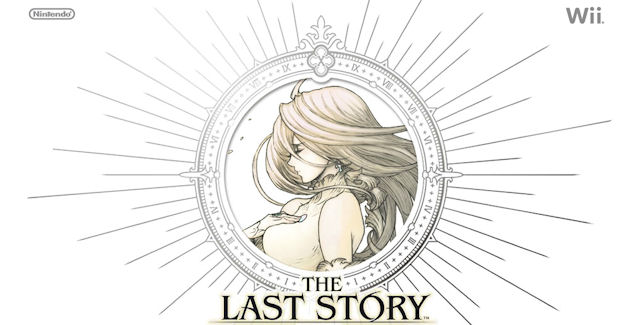
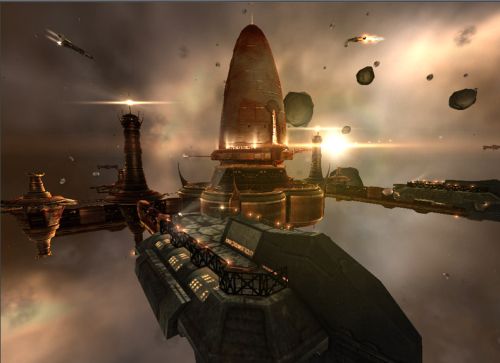
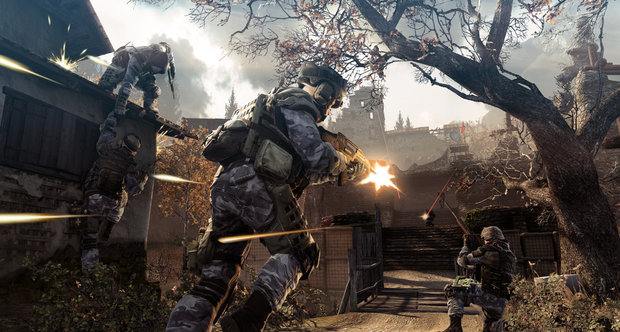
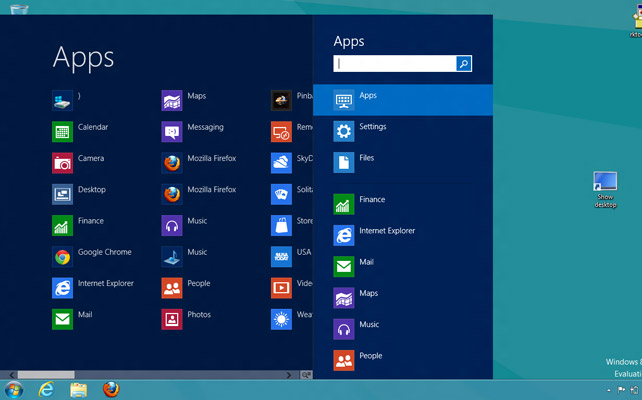
 Nolan Bushnell
Nolan Bushnell

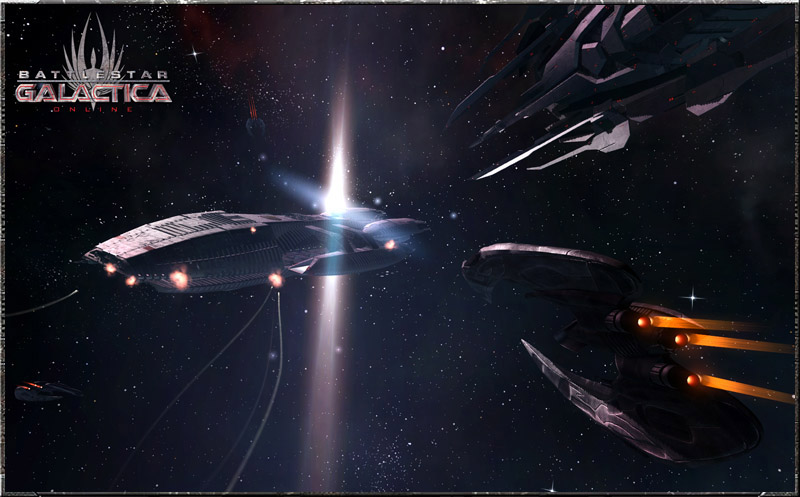
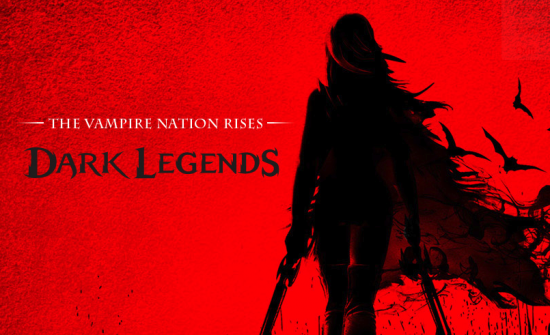

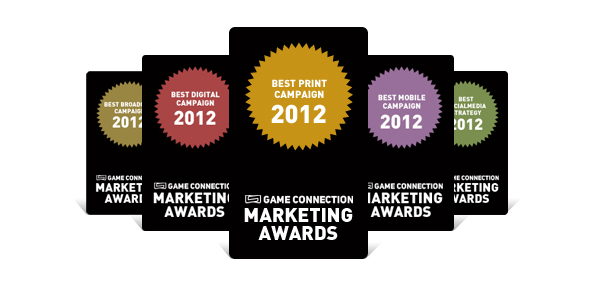
 David Pokress
David Pokress
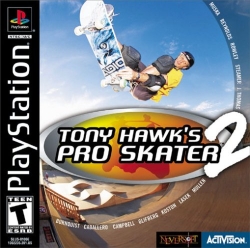
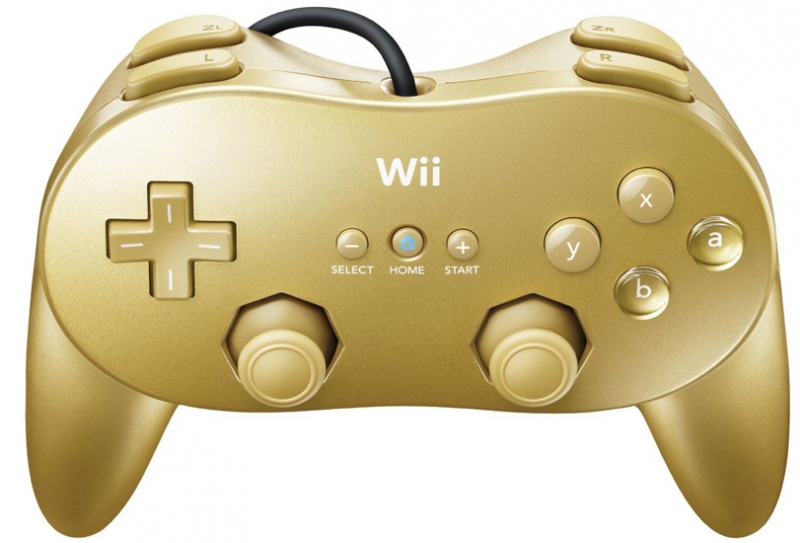 GoldenEye Wii bundle included this exclusive gold Wii Classic Controller
GoldenEye Wii bundle included this exclusive gold Wii Classic Controller
